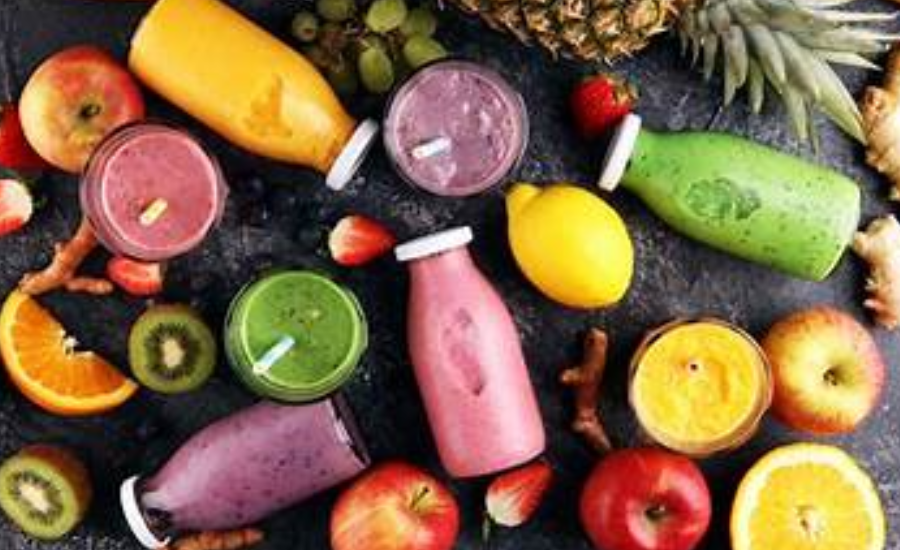Over the past few decades, Smoothie CCL has evolved from a niche offering in health food stores to a global beverage sensation enjoyed by a diverse range of consumers. Initially favored by fitness enthusiasts and health-conscious individuals seeking nutrient-dense options, smoothies were often relegated to specialty shops and gyms. However, as consumer awareness about healthy eating grew, so too did the demand for convenient and wholesome options, paving the way for smoothies to enter the mainstream. Today, they are no longer limited to health-focused cafes but can be found everywhere, from fast-food chains to high-end restaurants, making them an accessible and popular choice for a wide audience.
This widespread popularity reflects the broader shift in consumer preferences towards healthier, more natural food options. The food and beverage industry has responded to this growing demand by continuously innovating, offering a variety of smoothie blends that cater to different dietary needs and tastes. Smoothies have become synonymous with convenience and nutrition, aligning with the modern consumer’s desire for quick yet healthy meal solutions. Their rise to mainstream status highlights the industry’s ability to adapt and thrive by embracing health trends and providing versatile, delicious beverages that resonate with the evolving needs of today’s consumers.
The Origins Of Smoothies
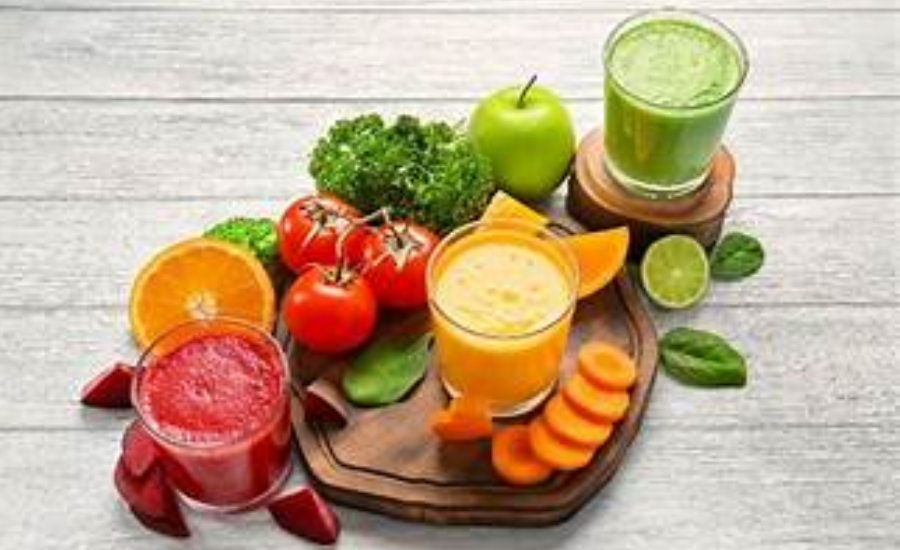
Smoothie CCL, in its most basic form, can trace its roots back to the health food movement of the 1960s and 1970s in the United States. During this era, a growing awareness of nutrition and wellness led people to seek out ways to incorporate more fruits and vegetables into their diets. Smoothies emerged as a convenient solution, blending whole ingredients like fruits, vegetables, and other natural elements into one nutrient-packed drink. This method allowed for the retention of fiber, vitamins, and essential nutrients, unlike traditional juicing, which often stripped away key elements of the produce. Early on, smoothies were largely confined to health food stores and promoted by alternative medicine practitioners who recognized the benefits of whole food consumption.
As the health food movement grew, so did the appeal of smoothies. Their convenience and versatility made them a popular choice for people looking for a quick, delicious way to boost their nutrient intake. Smoothies began to gain traction not just as a trendy health food, but as a staple for anyone wanting to enjoy the benefits of whole foods in a single serving. Over time, they expanded beyond the confines of niche health stores, appealing to a broader audience as consumers sought out healthier lifestyles. Smoothies became known as a tasty, convenient option for people of all ages, paving the way for their eventual transition into mainstream culture.
Nutritional Benefits And Health Appeal
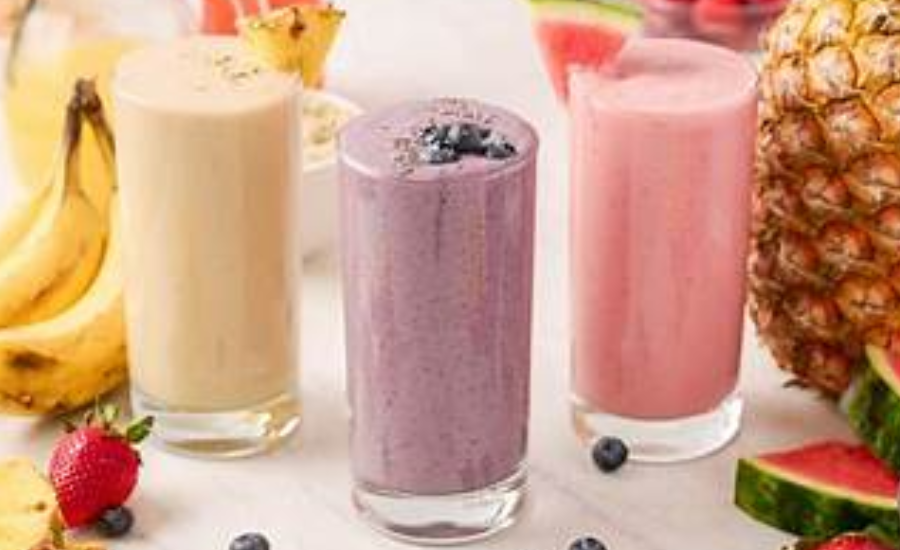
One of the primary reasons behind the rising popularity of Smoothie CCL is the wealth of health benefits they offer. Unlike other beverages, smoothies blend whole fruits and vegetables, preserving essential nutrients such as fiber, vitamins, minerals, and antioxidants—elements often lost in other preparation methods like juicing. This retention of nutrients makes smoothies an efficient and convenient way for people to increase their daily intake of fruits and vegetables without the time-consuming effort of preparing or eating them in solid form. For those with busy lifestyles or those simply seeking a tasty, health-conscious option, smoothies provide a simple way to pack a range of nutrients into a single, delicious drink.
In addition to their health benefits, smoothies are incredibly versatile and can be customized to suit a wide variety of dietary needs and preferences. Whether someone follows a vegan, paleo, or gluten-free diet, smoothies can be adapted with endless combinations of ingredients to fit those specific nutritional requirements. The ability to add superfoods, protein powders, or healthy fats like avocados and nuts further enhances their appeal, making them a go-to option for athletes looking for post-workout recovery, professionals in need of a quick meal replacement, or families wanting to ensure their meals are nutritionally balanced. This adaptability has made smoothies a popular and enduring fixture in the diets of a wide and diverse range of consumers.
The Rise Of Smoothie Culture
The evolution of Smoothie CCL from a niche health food to a mainstream beverage can be linked to several key factors, the most prominent being the rise of wellness culture and increased consumer awareness of nutrition. Over the past few decades, there has been a growing focus on healthier living, prompting people to become more mindful of their dietary choices. Smoothies, known for their association with fresh, wholesome ingredients like fruits and vegetables, have seamlessly aligned with this shift toward clean eating and wellness. As a result, they have gained a strong following among health-conscious individuals, who are drawn to the idea of consuming nutrient-dense foods in a convenient and delicious form.
Equally important is the unmatched convenience smoothies offer in today’s fast-paced lifestyle. With many people juggling hectic schedules, finding time for healthy meals can be challenging. Smoothie CCL provide a quick, easy, and portable solution, making them a favored choice for those on the go. Whether it’s a nutritious breakfast, a post-workout recovery drink, or even a meal replacement, smoothies offer a flexible option that can be tailored to meet various dietary needs. Their portability, combined with their nutrient-rich content, has made smoothies a staple not only for fitness enthusiasts but also for busy professionals, students, and families seeking healthy, accessible options.
Variety And Innovation In Smoothie Offerings
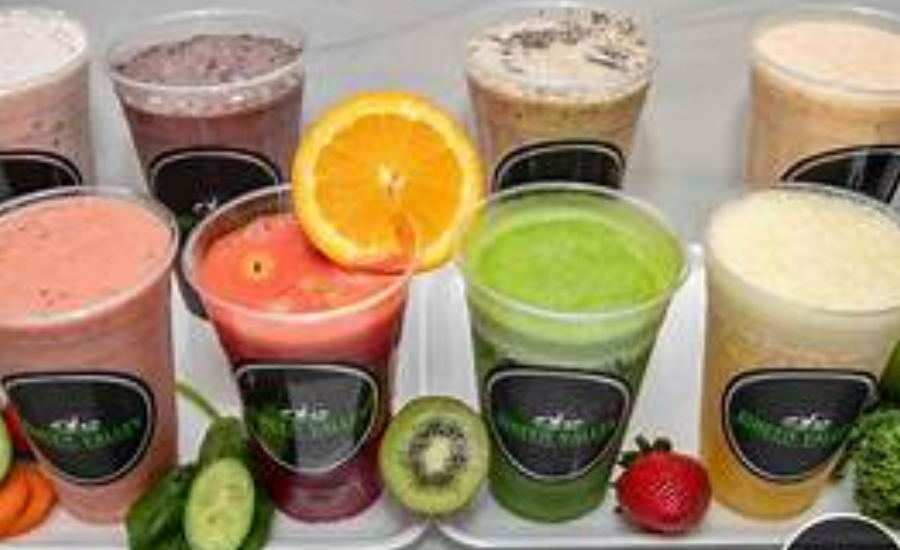
The versatility of Smoothie CCL goes far beyond their health benefits, as they now cater to a vast array of tastes and preferences with an impressive selection of flavors and ingredients. While traditional favorites like banana and strawberry remain popular, more adventurous options have gained traction, incorporating nutrient-packed ingredients like kale, spinach, and avocado. Superfoods such as chia seeds, hemp hearts, and spirulina have also made their way into smoothie blends, offering consumers a boost of essential nutrients. This wide variety of options ensures that smoothies appeal to a diverse audience, from those seeking classic flavors to those looking for nutrient-dense, health-enhancing combinations.
In addition, the rise of smoothie bars and cafes has significantly contributed to the growth and innovation within the smoothie industry. These establishments allow customers to fully customize their smoothies, selecting from a range of add-ins like protein powders, nut butters, and dairy alternatives to suit their dietary needs and preferences. This level of personalization has turned smoothie-making into an interactive experience, where consumers can experiment with new flavors and textures. As a result, the smoothie market has evolved into a vibrant, dynamic space that continues to attract health-conscious individuals, food enthusiasts, and those looking for convenient, nutritious options.
The Business Of Smoothies
From a business standpoint, the smoothie industry has seen remarkable growth and evolution over the years. Initially confined to health food stores and smaller, niche markets, smoothies have now become a key offering in major chains and franchises worldwide. Businesses have quickly recognized the growing consumer demand for nutritious and convenient options, prompting them to develop a diverse range of smoothie products to suit various tastes and dietary preferences. Whether catering to vegan, gluten-free, or protein-heavy diets, these companies have leveraged their menus to attract a broad and health-conscious customer base. This has allowed the smoothie market to expand from a specialized product to a mainstream staple in fast food and wellness-focused dining.
In addition, the rise of technology and social media has significantly amplified the smoothie trend. Platforms like Instagram, Pinterest, and TikTok have become pivotal in spreading smoothie culture by showcasing vibrant smoothie recipes, tips, and the aesthetically pleasing presentation of these drinks. The visual appeal and the ease of sharing creative ideas online have encouraged a wave of consumer experimentation, with many trying their hand at crafting their own personalized smoothie blends at home. This digital engagement has not only propelled smoothies into a global trend but has also turned them into a symbol of health-conscious and visually driven lifestyle choices, further solidifying their place in the modern food landscape.
Smoothies As A Cultural Phenomenon
The cultural significance of Smoothie CCL now stretches well beyond their basic nutritional value and convenience. In today’s world, smoothies have become a symbol of a broader lifestyle that emphasizes health, wellness, and sustainability. As more people become mindful of the environmental footprint of their dietary choices, smoothies have emerged as an eco-friendly option. By promoting the use of whole, plant-based ingredients and reducing food waste, smoothies align with the growing demand for sustainable eating habits. This shift reflects not only a personal commitment to well-being but also a collective effort to make more responsible food choices that benefit both individual health and the planet.
In addition to their role in personal health, smoothies have cultivated a sense of community among health-conscious consumers and food enthusiasts alike. The rise of smoothie culture has given way to social experiences like smoothie-making workshops, wellness retreats, and even smoothie-themed gatherings. These events provide spaces where people with shared values can connect, exchange ideas, and celebrate their passion for healthy living. This communal aspect has transformed smoothies into more than just a beverage; they have become a lifestyle symbol, uniting individuals around a shared commitment to wellness and a sustainable future.
Challenges And Considerations
While smoothies have gained widespread popularity for their convenience and health benefits, they are not without criticism and challenges. One concern revolves around the nutritional content of commercially prepared smoothies, which can often be loaded with added sugars and excess calories. Ingredients like fruit juices, syrups, and flavored yogurts are frequently used to enhance taste, but they can significantly increase sugar levels, undermining the health benefits. Additionally, the use of single-use plastic cups and straws by many smoothie establishments has sparked environmental concerns, as these contribute to the growing issue of plastic waste.
From a nutritional perspective, some smoothie recipes, particularly those high in fruit content, can lead to a spike in blood sugar levels. This can be problematic for individuals with conditions like diabetes or insulin resistance. Without balancing these fruit-based smoothies with protein, healthy fats, or fiber-rich ingredients, consumers might experience a rapid increase in blood sugar followed by a crash, affecting energy levels. For those managing blood sugar or looking to maintain steady energy, it’s important to consider the balance of macronutrients in their smoothie choices, ensuring they offer more than just a sweet boost.
The Future Of Smoothies
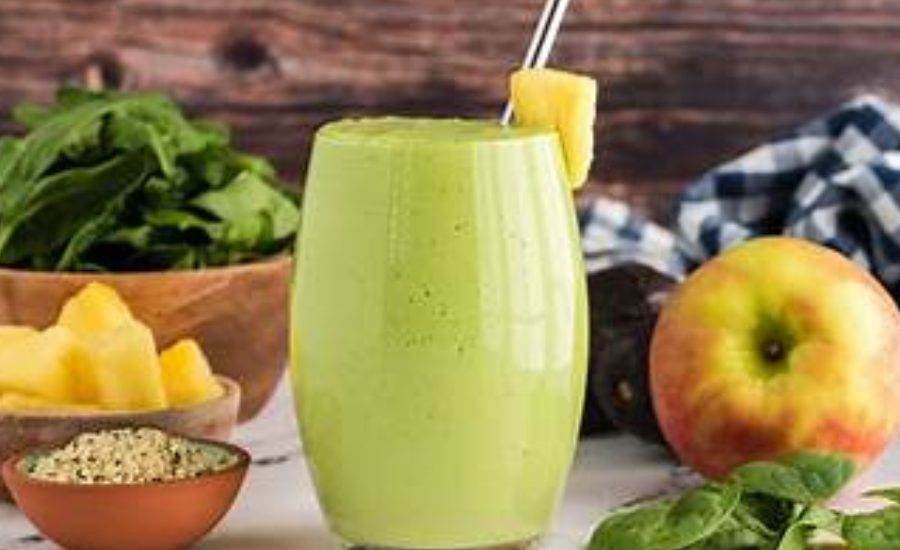
The future of smoothies looks bright as consumer preferences continue to shift towards healthier, more sustainable options. Technological advancements are poised to play a significant role in shaping this evolution. Innovations such as cold-pressed juicing and high-speed blenders are expected to further improve the texture, taste, and nutritional content of smoothies. These tools will make it easier to extract essential vitamins, minerals, and antioxidants from fruits and vegetables, while preserving their natural flavors. Additionally, the push for sustainability is driving research into eco-friendly packaging solutions, with a growing focus on reducing single-use plastics and waste. This shift will likely lead to a greener smoothie industry, appealing to environmentally-conscious consumers.
Moreover, the incorporation of artificial intelligence and personalized nutrition is set to transform the smoothie market. As AI becomes more integrated into the food and beverage industry, it will allow smoothie shops to offer highly customized recommendations based on an individual’s health data, dietary goals, and nutritional preferences. This personalized approach could revolutionize the way people engage with smoothies, making them more than just a refreshing treat, but a tailored nutritional tool. Ultimately, the ongoing evolution of smoothies—from their humble beginnings to their current mainstream appeal—illustrates the powerful connection between consumer demand, industry innovation, and global trends. Smoothies are likely to remain a favorite option, celebrated for their versatility, flavor diversity, and growing alignment with health and sustainability goals.
FAQs
Q: What is Smoothie CCL?
A: Smoothie CCL is a type of blended beverage made from whole fruits, vegetables, and other nutritious ingredients. It’s known for being a healthy option within the smoothie industry, popular for its refreshing taste and nutrient-rich content.
Q: How did smoothies become popular?
A: Smoothies gained traction in the 1960s and 1970s among health-conscious consumers. Over time, as people looked for convenient and nutritious food options, smoothies became widely available, appearing in cafes, restaurants, and even fast-food chains.
Q: What are the health benefits of smoothies?
A: Smoothies offer a great way to consume vitamins, fiber, and antioxidants from whole fruits and vegetables. They can be customized to fit various dietary needs, such as vegan, gluten-free, or high-protein diets.
Q: Why are smoothies popular in health and wellness trends?
A: Smoothies fit perfectly into modern health and wellness trends due to their ease of preparation, nutrient density, and versatility. They allow people to enjoy natural, plant-based foods in a convenient form.
Q: What ingredients are typically found in Smoothie CCL?
A: Smoothie CCL often includes fruits, leafy greens, nut butters, superfoods like chia seeds, and dairy-free alternatives such as almond or oat milk. They can be made with classic flavors or more adventurous ingredients like kale or avocado.
Conclusion
Smoothie CCL has transformed from a niche health beverage to a global favorite, driven by consumer demand for nutritious, convenient, and customizable options. Their rich blend of vitamins, fiber, and antioxidants has made them a staple in modern diets, while advancements in food technology and sustainability promise to keep smoothies at the forefront of health and wellness trends. As the industry evolves, smoothies will continue to offer a delicious and versatile way for people to nourish both their bodies and minds.
Stay connected for updates and alerts—visit us today: Soy Mami Coco!
